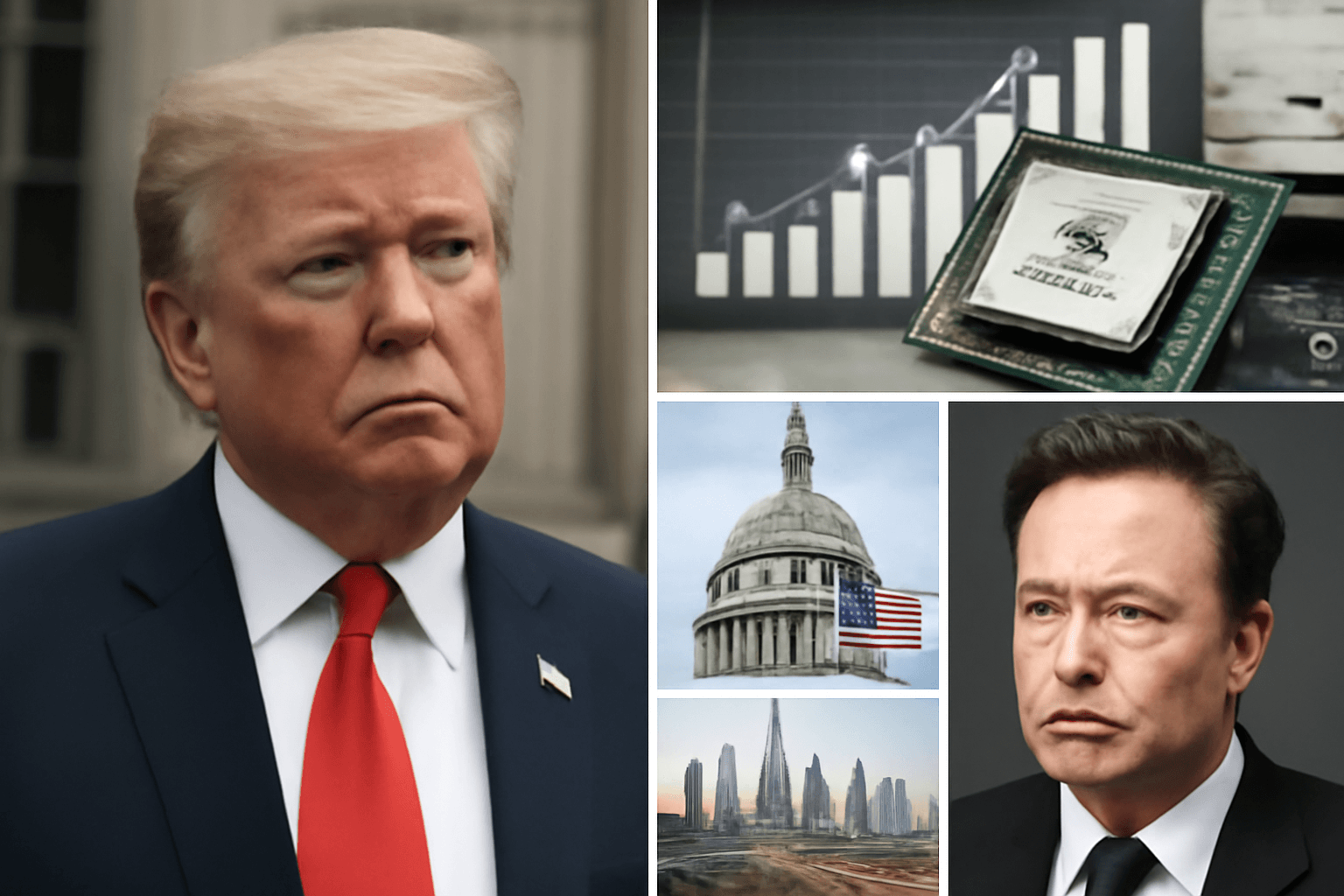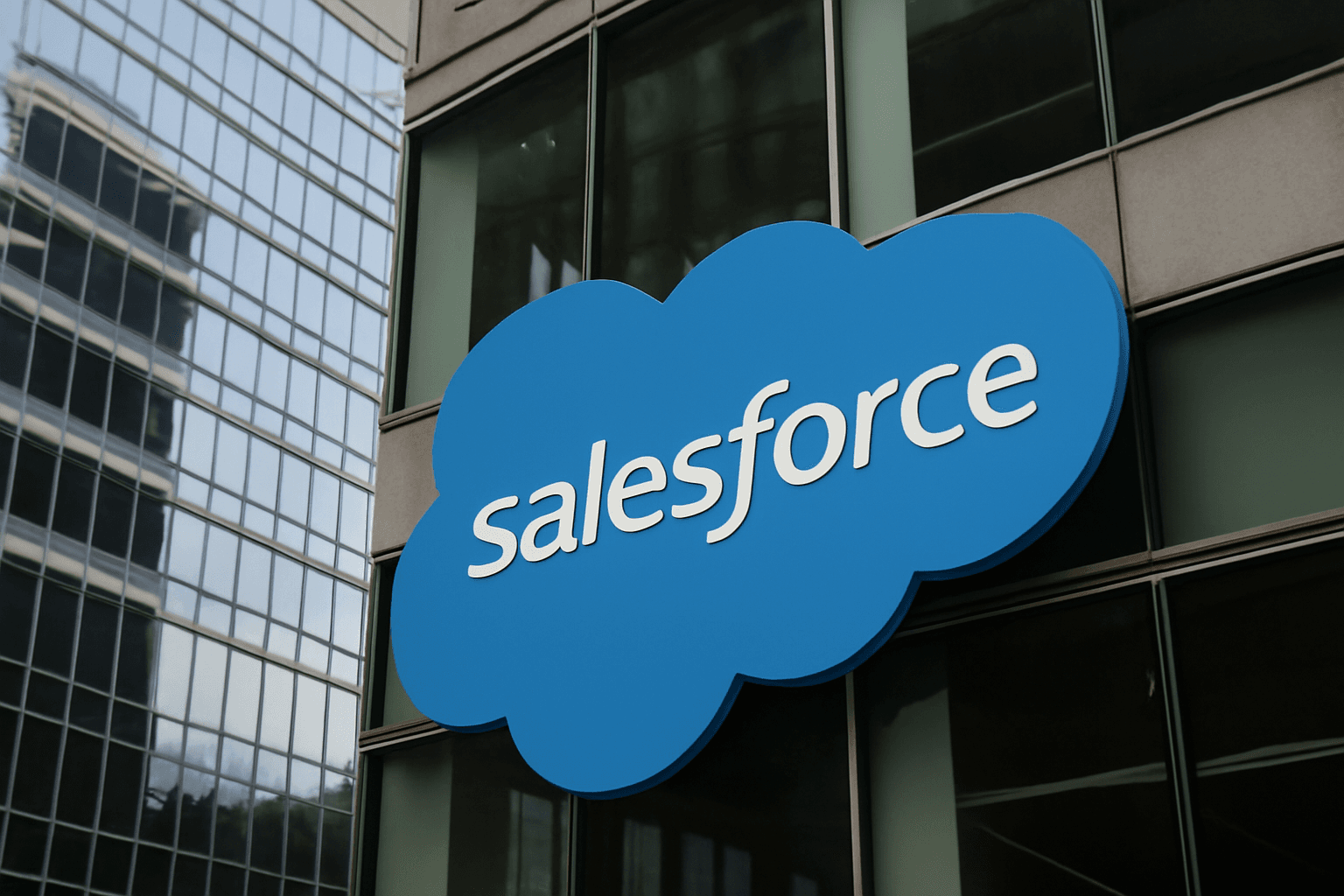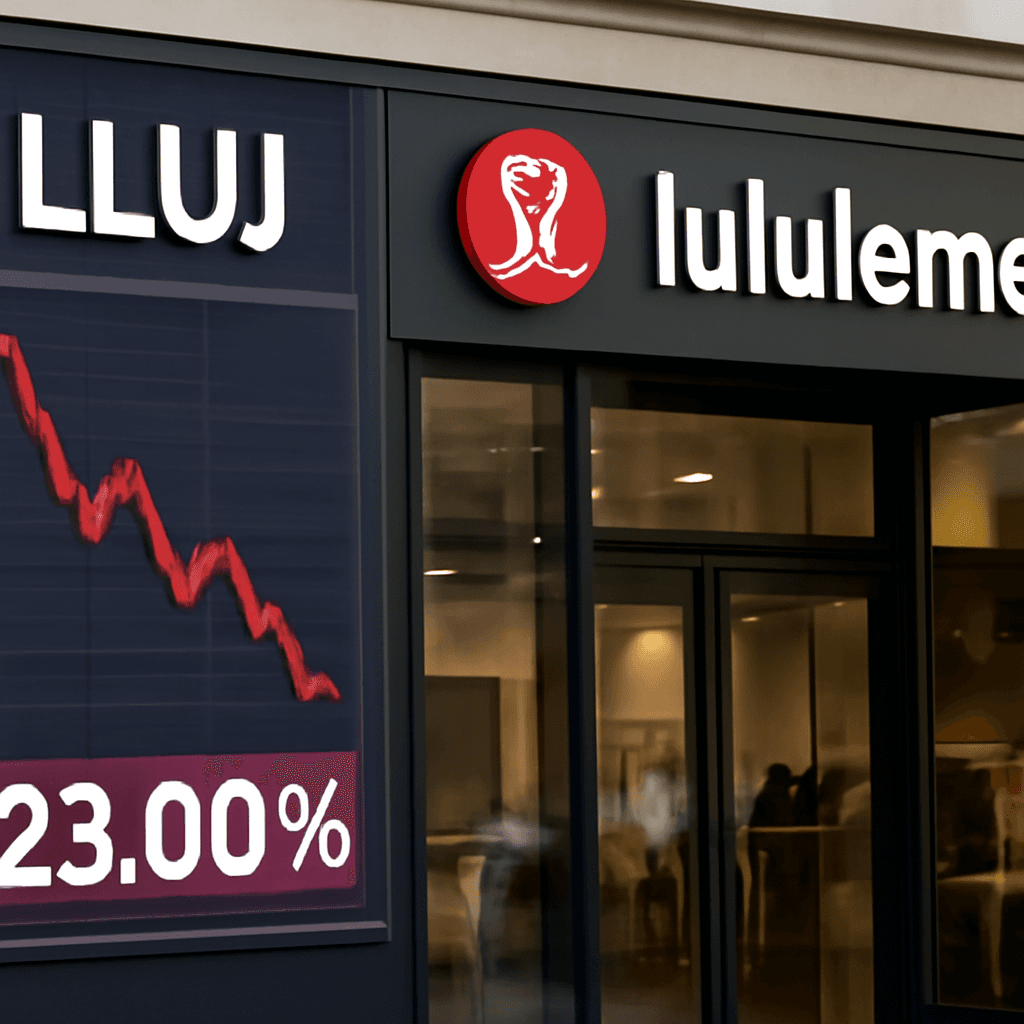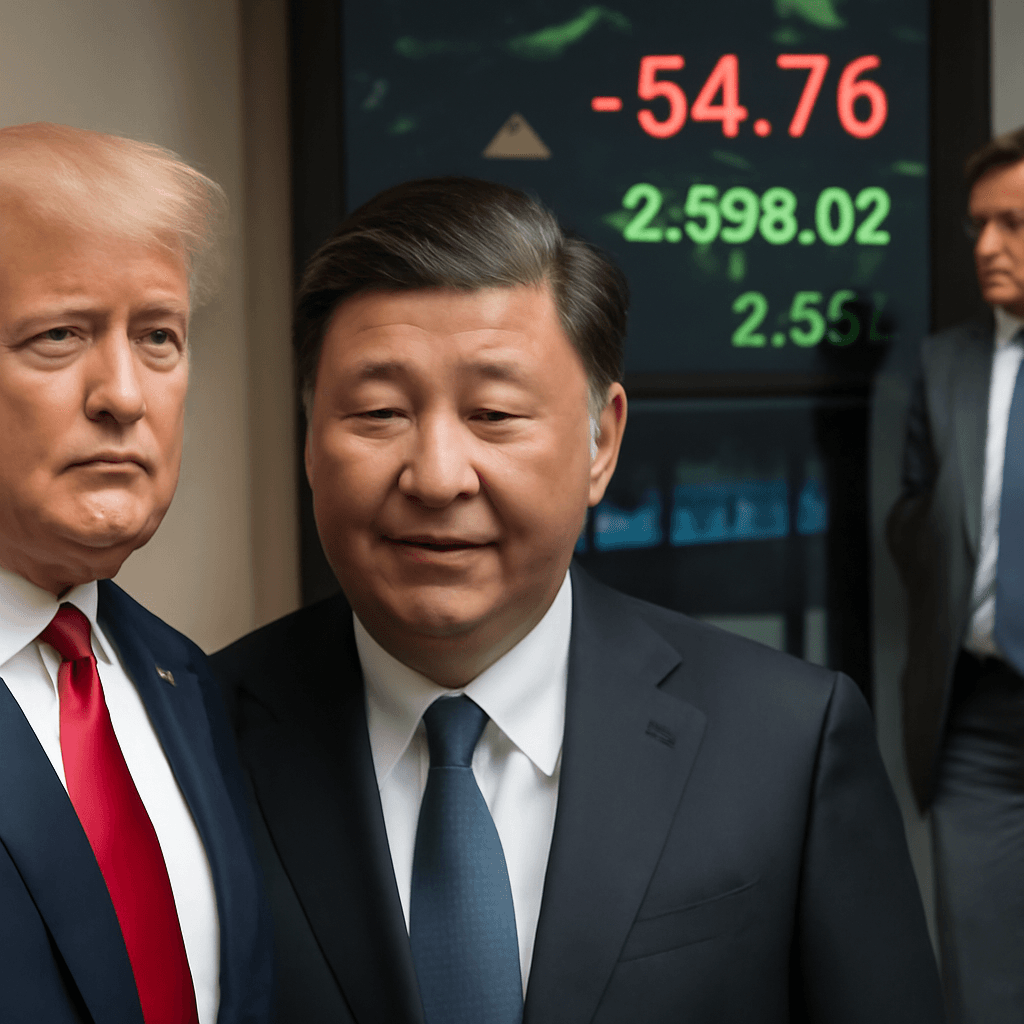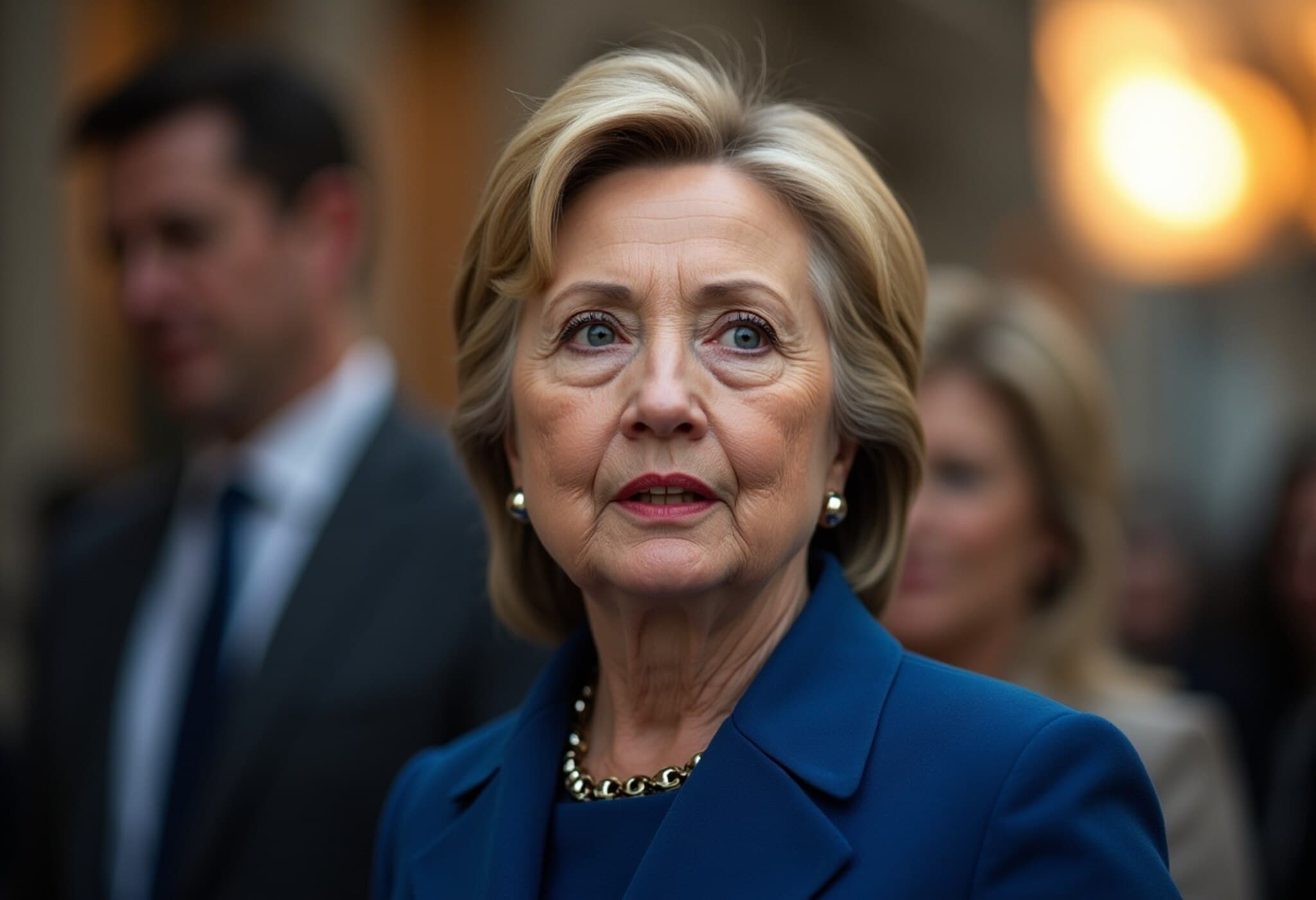Dow Jones Climbs to New Heights Amid Strong July Retail Sales
On Friday, the Dow Jones Industrial Average soared to fresh all-time highs, buoyed by encouraging US retail sales data indicating resilient consumer spending. The Dow added 135 points, or 0.3%, briefly eclipsing its previous record of 45,073.63 set in December 2024. This milestone underscores investor confidence in the American economy’s continued recovery despite lingering global uncertainties.
Consumer Spending Holds Strong
Data released on Friday showed that US retail sales rose by 0.5% in July, closely aligning with Dow Jones forecasts. Excluding automobiles, retail sales still increased by a solid 0.3%, meeting analysts’ expectations and signaling broad-based consumption growth. This steady momentum in spending illustrates how American consumers remain key drivers of economic vitality even in a careful monetary environment.
Market Movers: UnitedHealth and Semiconductor Sector
- UnitedHealth stocks surged 10%, propelled by filings revealing that financial heavyweights Warren Buffett’s Berkshire Hathaway and Michael Burry’s Scion Asset Management increased their stakes during Q2. This vote of confidence from prominent investors helped bolster the Dow's performance.
- Conversely, semiconductor stocks faced pressure following weaker-than-expected earnings forecasts from Applied Materials, which cited anticipated declines in Chinese demand. The VanEck Semiconductor ETF slid 2%, highlighting ongoing concerns about supply chain disruptions and geopolitical tensions impacting tech sectors.
Mixed Signals Create Complex Outlook
Despite this upbeat consumer data, the broader market showed divergence: the S&P 500 slipped by 0.2%, and the tech-heavy Nasdaq Composite retreated 0.3%. Earlier optimism about possible Federal Reserve interest rate cuts was dampened after wholesale inflation numbers surpassed expectations, casting shadows on the inflation trajectory.
Fundstrat Global Advisors’ Tom Lee noted, “One data point alone can’t shift the inflation outlook. The market may continue to see inflation pressures as temporary.” This nuanced interpretation reveals how investors are balancing positive retail performance against inflation concerns and monetary policy uncertainty.
Federal Reserve Watch and Economic Implications
The week ended with the Dow gaining 2%, while the S&P 500 and Nasdaq each advanced over 1%, fuelled by hopes of a potential Fed rate reduction next month. However, the mixed data raises critical questions around inflation persistence and the timing of any monetary easing.
Government Stakes and Broader Economic Trends
In Washington, Bloomberg reported discussions within the Biden administration about acquiring a government stake in a major corporation, underscoring shifting strategies to influence key industries amid economic uncertainty.
Contextual Insights: What This Means for the American Economy
Consumer spending, which represents roughly two-thirds of US GDP, remains resilient, pointing to continued economic expansion even as supply chain issues and geopolitical tensions linger. However, semiconductor sector weakness signals vulnerabilities in global trade dependencies, and inflation remains a wild card influencing Federal Reserve decisions.
These factors collectively shape the investment landscape, creating a complex environment where cautious optimism coexists with latent risks.
Editor’s Note
The Dow’s record high reflects the enduring strength of American consumerism, yet the market’s nuanced response to inflation and sector-specific challenges reveals a multifaceted economy. As policymakers balance inflation concerns against growth imperatives, investors and observers should remain vigilant. Will steady retail sales be enough to sustain this momentum, or will inflationary pressures and geopolitical uncertainties weigh heavier in the months ahead? This evolving dynamic deserves close attention for its implications on economic policy and market stability.


